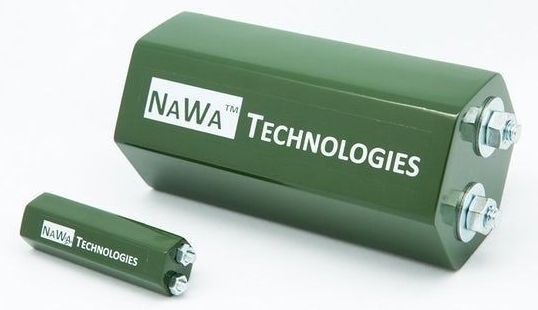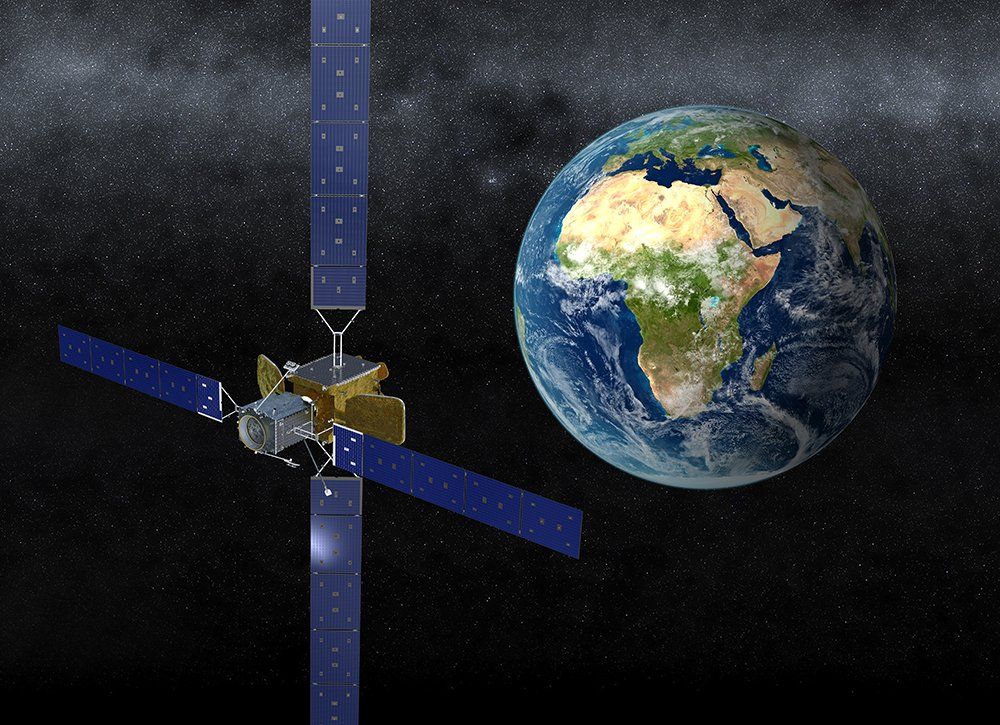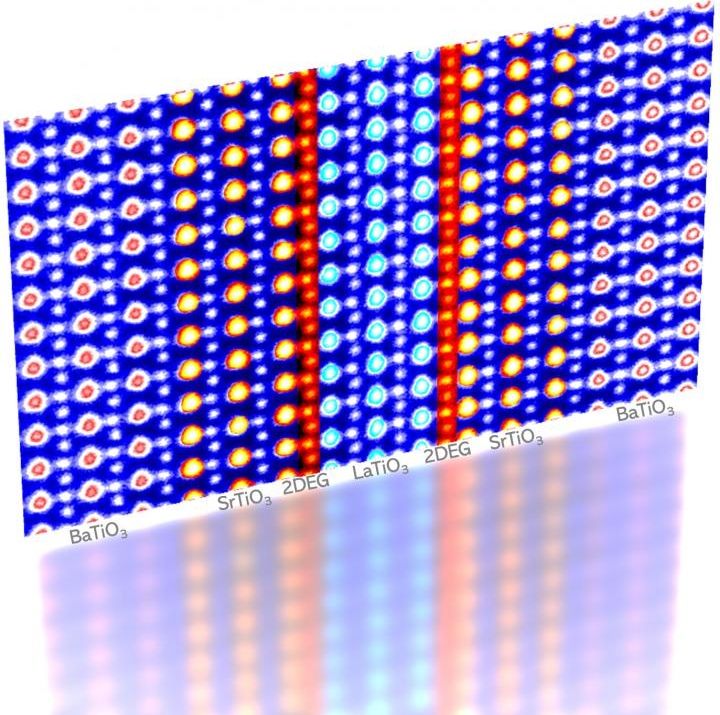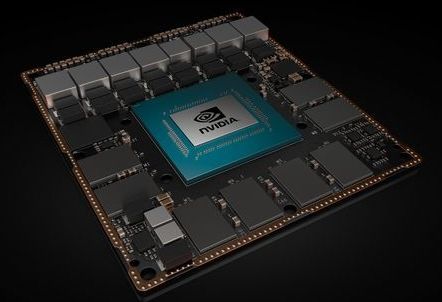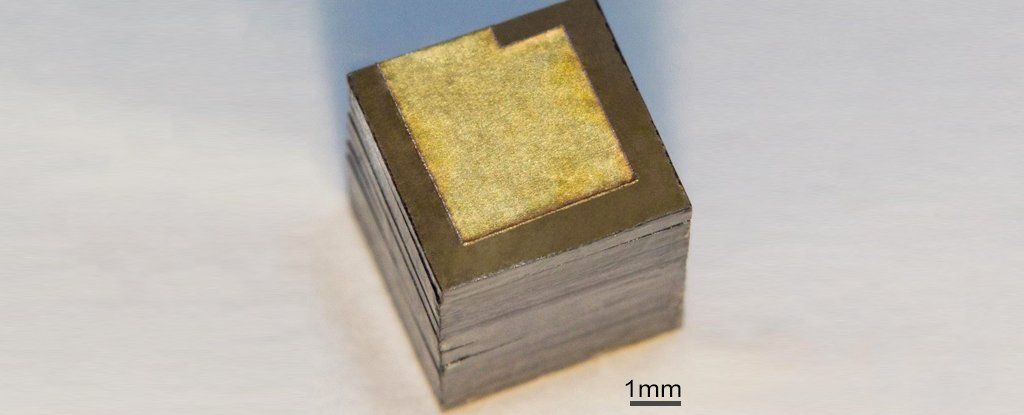One of the most commonly asked questions we receive is “How is progress going in aging research?” It is something we are asked so often that we decided to provide the community with a resource that will help them to keep track of progress directly.
To that end, today we have launched our new curated database, The Rejuvenation Roadmap, which will be tracking the progress of the many therapies and projects in the rejuvenation biotechnology field. This database aims to give a quick visual summary of the status of each drug or therapy along with some additional information for people interested in learning more about them.
We believe that an informed community is an effective one, and this was one of our motivations for developing this new database. There are many resources for scientists, such as the superb databases of the Human Ageing Genomic Resources maintained by Dr. João Pedro de Magalhães, which are excellent for researchers. However, we noticed that there was no database that tracked the efforts of the many researchers and projects in the field, and while some people do maintain lists, they are often not public facing, easy to access, or user-friendly.


